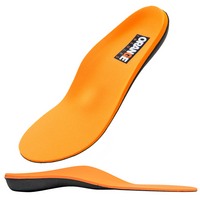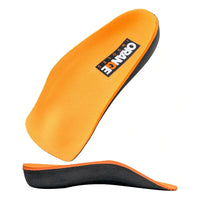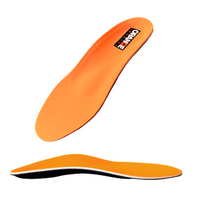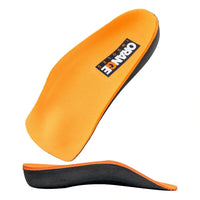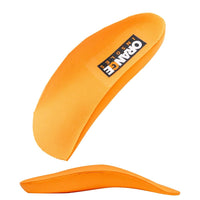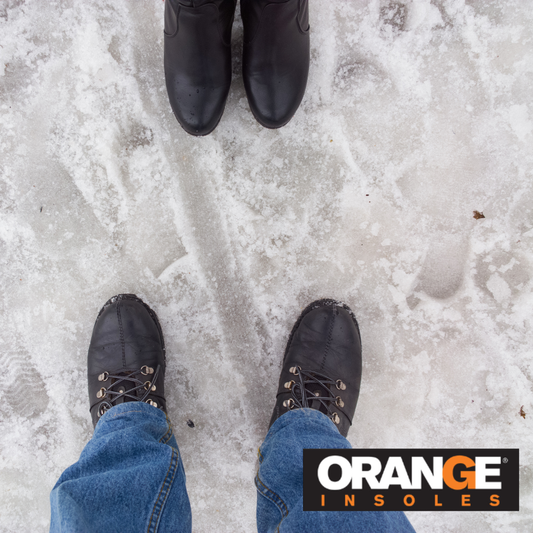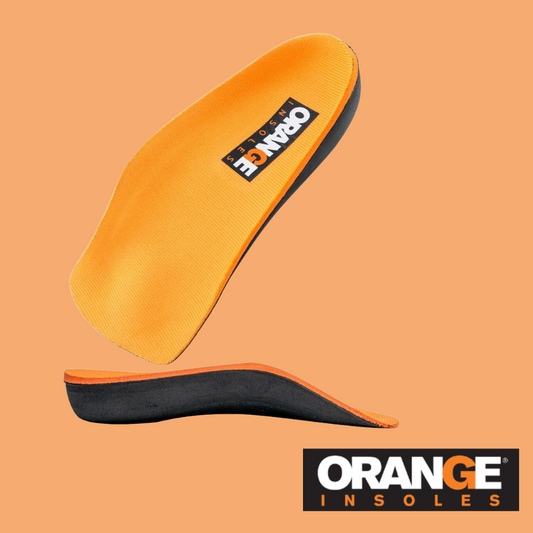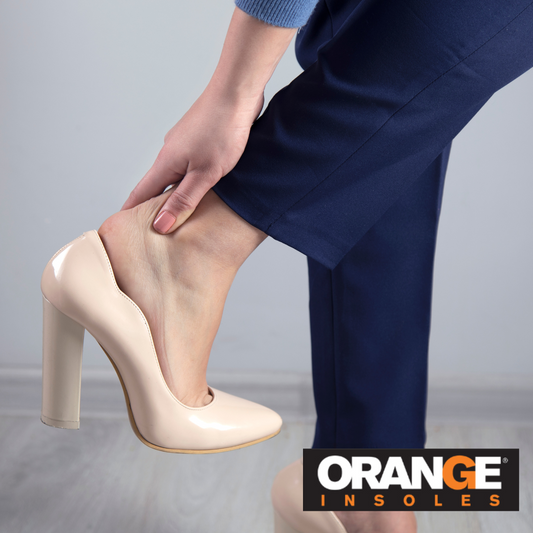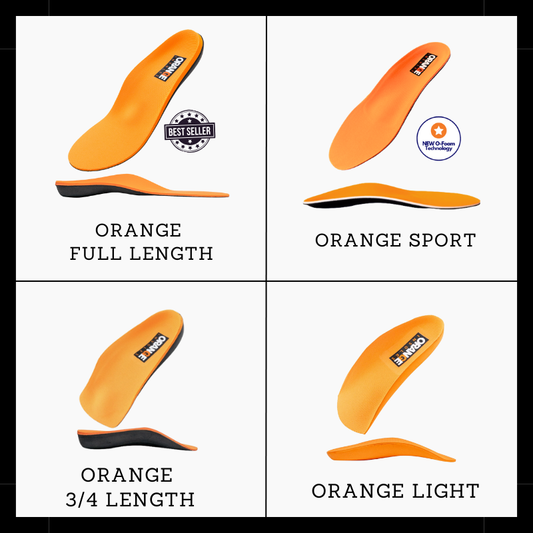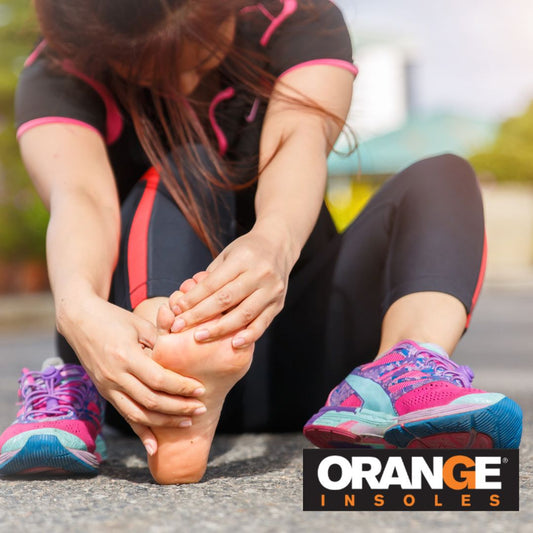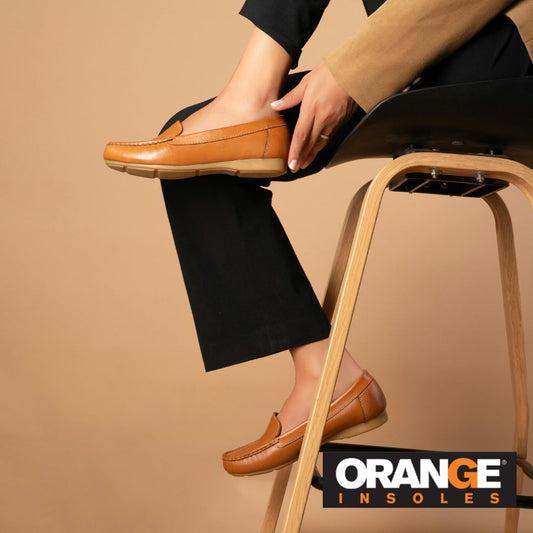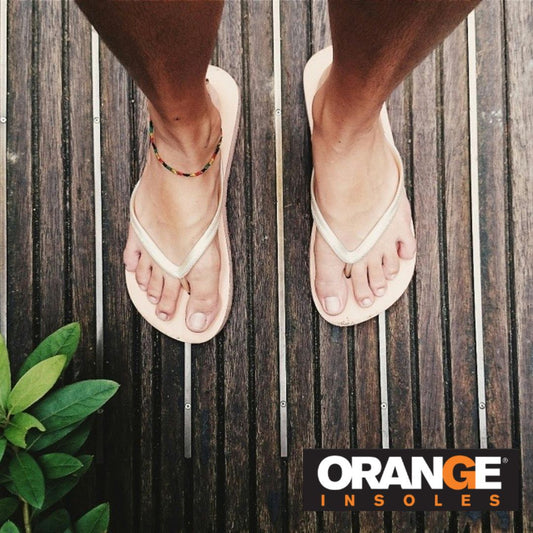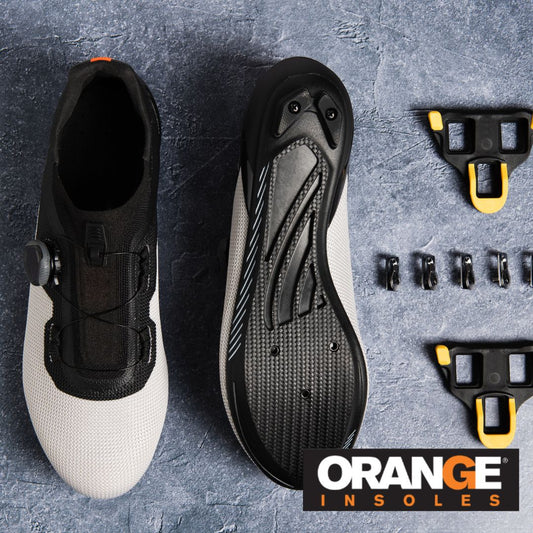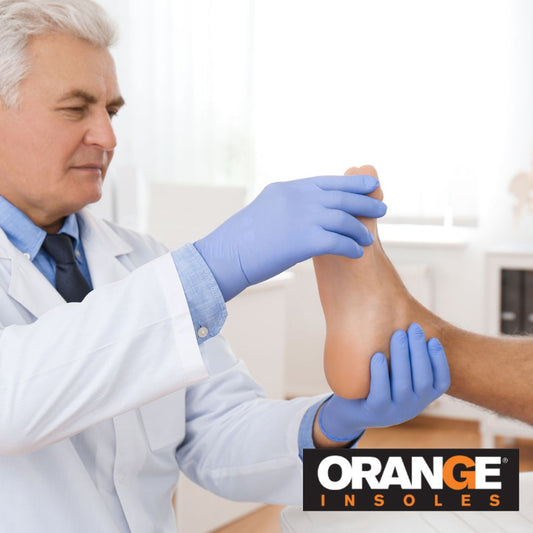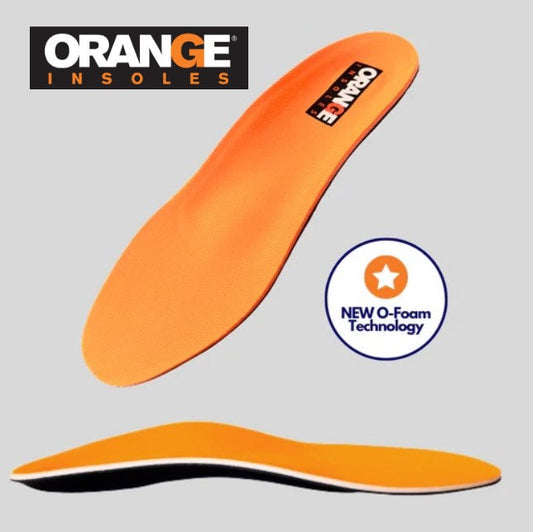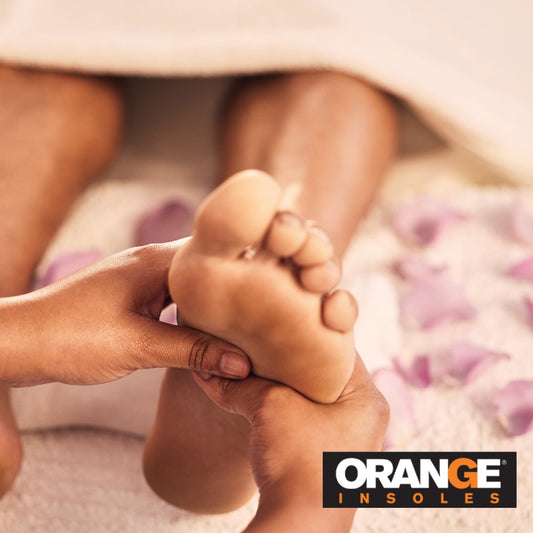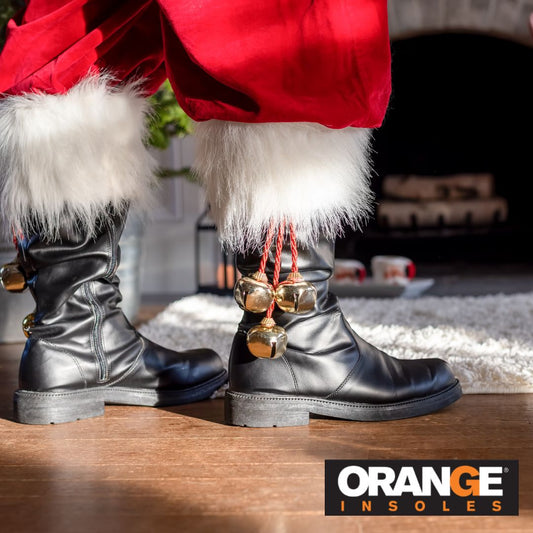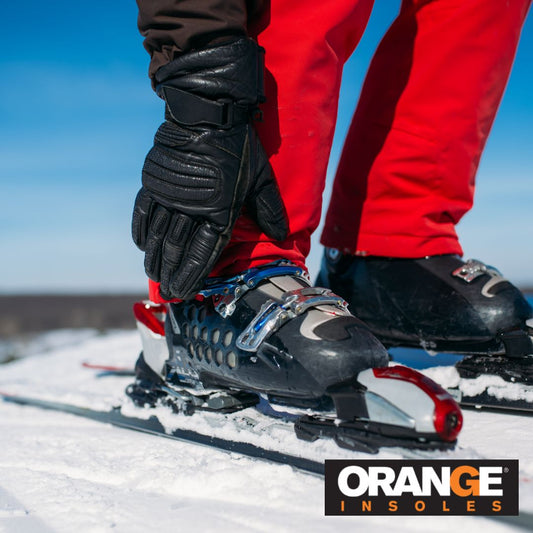When temperatures drop, many people notice something strange. Their feet start to ache more. Whether it’s stiffness in the morning, soreness after a walk, or sharp pain in old injuries, cold weather can make foot discomfort worse. But why does this happen, and what can you do about it?
Understanding how your body reacts to seasonal changes, especially your feet, can help you stay active and pain-free all winter long.
Why Cold Weather Can Cause Foot Pain
1. Blood Flow Slows Down
Cold air makes your blood vessels constrict (a process called vasoconstriction). This helps your body preserve heat in your core, but it also means less warm blood reaches your extremities, like your hands and feet.
The result? Your muscles and tissues get stiffer, your joints may ache, and old injuries can start to feel tender again.
People with conditions like Raynaud’s phenomenon, arthritis, or diabetes may be even more sensitive to temperature changes.al
2. Nerves React to the Cold
Cold temperatures can heighten nerve sensitivity. If you already deal with neuropathy or a condition like plantar fasciitis, you might notice a sharper or more “zingy” type of pain during winter.
That’s because nerve endings in your feet react to temperature shifts, which can amplify existing inflammation or sensitivity.
3. Footwear Changes
When the weather gets cold, we swap lightweight shoes for boots often without realizing how that affects foot mechanics.
Thicker socks and snugger shoes can compress the foot, limiting circulation and sometimes altering your gait. If your winter shoes don’t have proper arch or heel support, you might experience new aches by the time the snow melts.
If you’re switching footwear, now’s the perfect time to check your insoles. The added bulk of winter boots makes them ideal for supportive insoles that stabilize your arch and heel, preventing foot fatigue and misalignment.
See How to Prepare Your Feet for Cold Weather for a full checklist on warming up, choosing the right footwear, and caring for your feet before winter hits.
4. Old Injuries Feel Worse
That dull ache in your ankle or heel might be from an old sprain or stress injury. Colder weather can tighten connective tissue and slow joint fluid movement, making old injuries feel “new” again.
Even mild inflammation from overuse can feel magnified in lower temperatures, especially first thing in the morning.
Keeping your muscles warm and flexible with gentle stretches and supportive footwear can go a long way toward preventing winter flare-ups.
How to Relieve Foot Pain During Cold Weather
1. Keep Feet Warm (But Not Sweaty)
The goal is to keep your feet comfortably warm without trapping moisture.
-
Choose thermal socks that wick sweat away instead of cotton, which traps moisture and chills your skin.
-
Avoid tight layering compression from thick socks can worsen circulation.
-
If you’re prone to cold feet indoors, use microwavable foot warmers or a gentle heating pad before bed.
2. Stretch and Move Daily
Colder muscles and tendons need a little more time to loosen up.
Before heading outside, roll your feet over a tennis ball, do a few ankle circles, or perform toe curls. This increases blood flow and reduces stiffness.
After a long day, gentle calf stretches and massage can help prevent the tightness that leads to arch pain or plantar fasciitis flare-ups.
For more detailed advice, check out How to Relieve Plantar Fasciitis Pain. The same techniques can help ease general winter-related foot tension.
3. Upgrade Your Insoles for Support
Cold weather means thicker shoes, stiffer soles, and often longer periods standing indoors. Adding high-quality insoles can improve warmth, stability, and comfort by:
-
Supporting your arches and heels for better alignment.
-
Cushioning against hard surfaces.
-
Reducing stress on knees and hips that comes from uneven gait patterns.
Whether you’re wearing work boots, winter shoes, or sneakers, Orange Insoles provide all-day support that helps your feet handle temperature changes and the extra load from heavier footwear.
Learn more about how proper alignment helps reduce seasonal aches in How Insoles Can Help Relieve Back and Leg Pain.
4. Warm-Up Before Exercise
Exercising in the cold? Make sure your muscles and joints are ready.
Try five minutes of light movement indoors walking in place, heel raises, or ankle rotations before stepping outside. This small routine helps your feet adapt to the lower temperature and improves circulation.
If you’re running or training outdoors, consider wearing moisture-wicking layers and shoes with traction to prevent slips that could aggravate joint pain.
5. Pay Attention to Persistent Pain
Mild aches from temperature changes are normal, but persistent or sharp pain could mean:
-
Inflammation from plantar fasciitis or tendonitis.
-
Joint issues such as arthritis.
-
Circulatory problems (especially if accompanied by color changes in toes).
If your pain lingers or worsens, it’s worth getting evaluated by a podiatrist or orthopedic specialist especially if you’ve had foot injuries in the past.
Keep Your Feet Happy This Winter
Your feet do a lot of work, even when you’re just walking to the car or standing at your desk. Colder weather shouldn’t stop you from staying active, it just means being a little more mindful.
By keeping your feet warm, stretching regularly, and using supportive insoles, you can reduce the aches that often come with temperature drops.
Find the right support for your cold-weather shoes and boots in our Orange Insoles Shop because comfort shouldn’t go into hibernation when winter hits.
